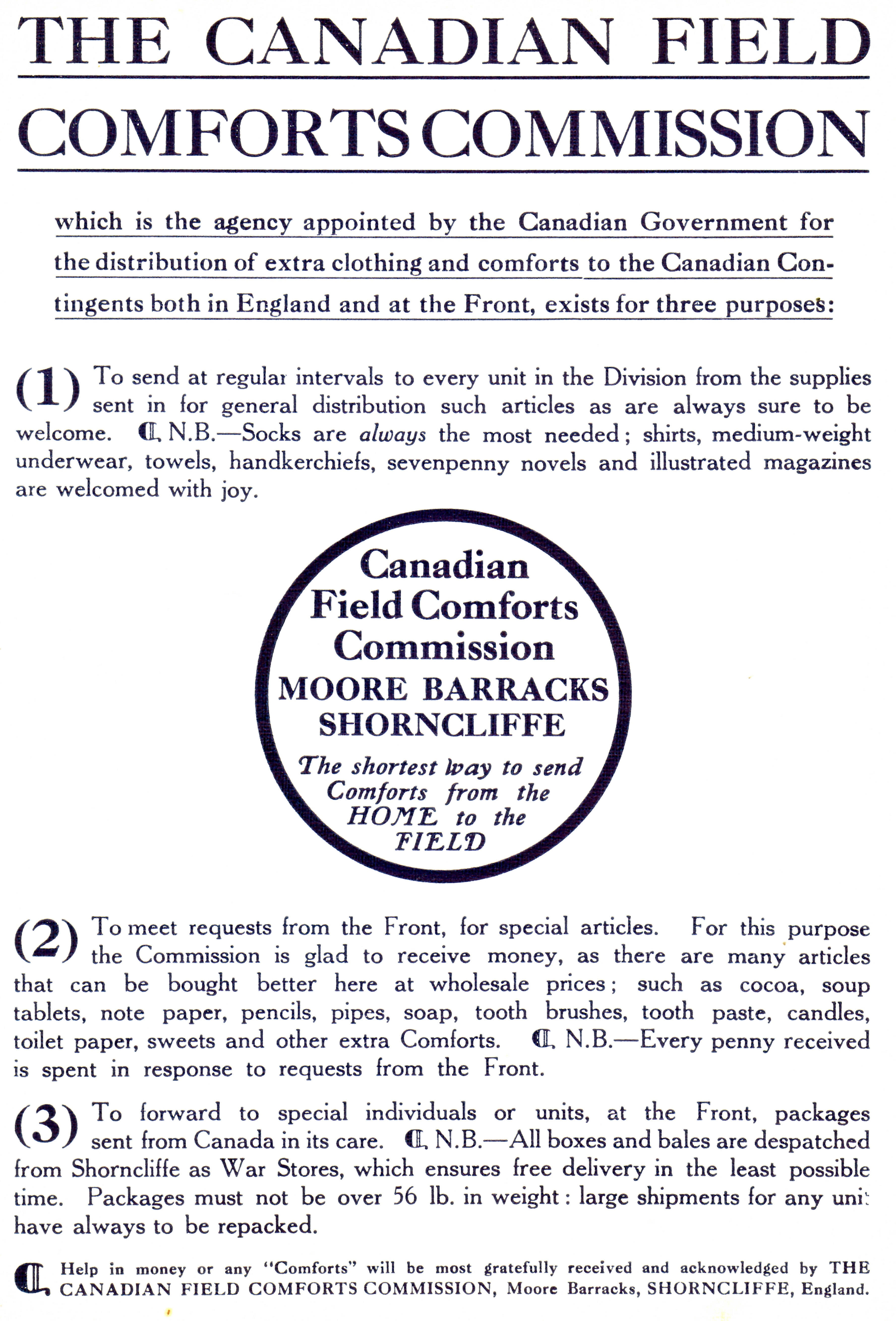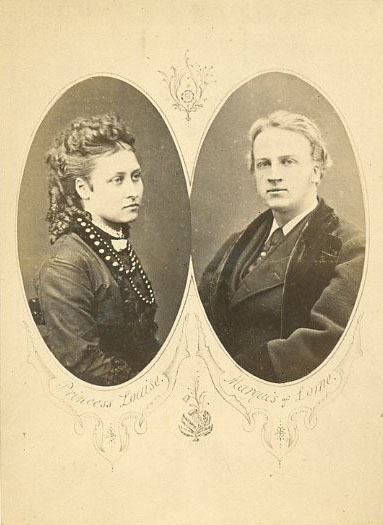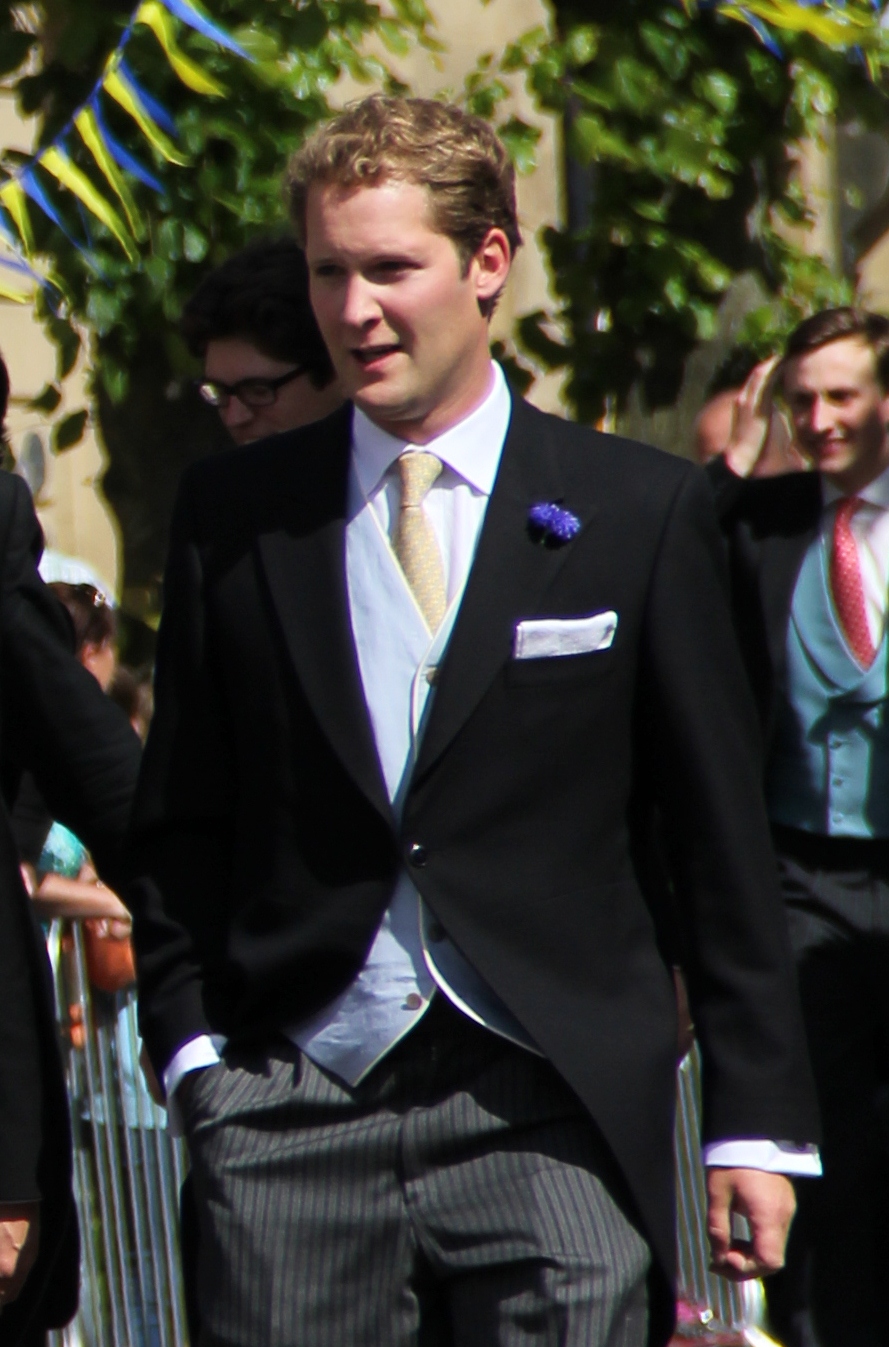|
The Lorne Rifles (Scottish)
The Lorne Rifles (Scottish) was an infantry regiment of the Non-Permanent Active Militia of the Canadian Militia (now the Canadian Army). First raised in the 1860s, the regiment was known for most of its existence as The Halton Rifles until 1931 when the regiment was renamed as The Lorne Rifles (Scottish). In 1936, the regiment was amalgamated with The Peel and Dufferin Regiment to form The Lorne Scots (Peel, Dufferin and Halton Regiment). Lineage The Lorne Rifles (Scottish) * Originated on 28 September 1866, in Milton, Ontario, as the ''20th Halton Battalion of Infantry''. * Redesignated on 12 January 1872, as the ''20th Halton Battalion of Rifles''. * Redesignated on 11 November 1881, as the ''20th Halton Battalion, Lorne Rifles'' * Redesignated on 8 May 1900, as the ''20th Halton Regiment Lorne Rifles''. * Redesignated on 1 December 1909, as the ''20th Regiment, Halton Rifles''. * Redesignated on 1 May 1920, as ''The Halton Rifles''. * Redesignated on 1 November 1931, a ... [...More Info...] [...Related Items...] OR: [Wikipedia] [Google] [Baidu] |
Oakville, Ontario
Oakville is a town in Regional Municipality of Halton, Halton Region, Ontario, Canada. It is located on Lake Ontario between Toronto and Hamilton, Ontario, Hamilton. At its Canada 2021 Census, 2021 census population of 213,759, it is List of towns in Ontario, Ontario's largest town. Oakville is part of the Greater Toronto Area, one of the most densely populated areas of Canada. History In 1793, Dundas Street (Toronto), Dundas Street was surveyed for a military road. In 1805, the Legislative Assembly of Upper Canada bought the lands between Etobicoke and Hamilton, Ontario, Hamilton from the indigenous Mississaugas people, except for the land at the mouths of Bronte Creek, Twelve Mile Creek (Bronte Creek), Sixteen Mile Creek (Ontario), Sixteen Mile Creek, and along the Credit River. In 1807, British immigrants settled the area surrounding Dundas Street as well as on the shore of Lake Ontario. In 1820, the Crown bought the area surrounding the waterways. The area around the creeks ... [...More Info...] [...Related Items...] OR: [Wikipedia] [Google] [Baidu] |
36th Battalion, CEF
The 36th Battalion, CEF, was an infantry battalion of the Canadian Expeditionary Force. History The battalion was authorized on 7 November 1914, and recruited in Hamilton, Ontario and the surrounding district. The 36th Battalion embarked for Britain on 19 June 1915, where it provided reinforcements to the Canadian Corps in the field until 4 January 1917, when its personnel were absorbed by the 3rd Reserve Battalion, CEF. The battalion was disbanded on 15 September 1917.Canadian Forces Publication A-DH-267-003 Insignia and Lineages of the Canadian Forces. Volume 3: Combat Arms Regiments. The 36th Battalion, CEF, had three Officers Commanding: * Lt.-Col. E.C. Ashton, 16 August 1915 – 15 September 1915 *Maj. A.N. Ashton, 15 September 1915 – 24 April 1916 *Lt.-Col. W.S. Buell, 24 April 1916 – 2 January 1917 Battle Honours The 36th Battalion was awarded the battle honour THE GREAT WAR 1915-17. Perpetuation In 1920, the perpetuation of the 36th Battalion, CEF was first ... [...More Info...] [...Related Items...] OR: [Wikipedia] [Google] [Baidu] |
39th Battalion, CEF
The 39th Battalion, CEF, was an infantry battalion of the Canadian Expeditionary Force during the Great War. History The 39th Battalion was authorized on 7 November 1914 and embarked for Great Britain on 17 June 1915. It provided reinforcements to the Canadian Corps in the field until 4 January 1917, when its personnel were absorbed by the 6th Reserve Battalion, CEF. The battalion was subsequently disbanded on 17 July 1917.Canadian Forces Publication A-DH-267-003 Insignia and Lineages of the Canadian Forces. Volume 3: Combat Arms Regiments. The 39th Battalion recruited in Eastern Ontario was mobilized at Belleville, Ontario.Meek, John F. ''Over the Top! The Canadian Infantry in the First World War.'' Orangeville, Ont.: The Author, 1971. The 39th battalion had one Officer Commanding, Lt-Col. A.V. Preston from 24 June 1915 to 4 January 1917. The 39th Battalion was awarded the battle honour THE GREAT WAR 1915–17. Perpetuation The 39th Battalion CEF is perpetuated by The H ... [...More Info...] [...Related Items...] OR: [Wikipedia] [Google] [Baidu] |
Canadian Corps
The Canadian Corps was a World War I corps formed from the Canadian Expeditionary Force in September 1915 after the arrival of the 2nd Canadian Division in France. The corps was expanded by the addition of the 3rd Canadian Division in December 1915 and the 4th Canadian Division in August 1916. The organization of a 5th Canadian Division began in February 1917 but it was still not fully formed when it was broken up in February 1918 and its men used to reinforce the other four divisions. The majority of soldiers of the Canadian Corps were British-born Canadians until near the end of the war, when the number of those of Canadian birth who had enlisted rose to 51 percent. They were mostly volunteers, as conscription was not implemented until the end of the war (''see'' Conscription Crisis of 1917). Ultimately, only 24,132 conscripts made it to France before 11 November 1918. In the later stages of the war the Canadian Corps was regarded by friend and foe alike as one of the most e ... [...More Info...] [...Related Items...] OR: [Wikipedia] [Google] [Baidu] |
1st Canadian Division
The 1st Canadian Division (French: ''1re Division du Canada'' ) is a joint operational command and control formation based at CFB Kingston, and falls under Canadian Joint Operations Command. It is a high-readiness unit, able to move on very short notice, and is staffed and equipped to meet Canada’s military objectives to counter any potential threat. Formed during the First World War in August 1914, the 1st Canadian Division was a formation of the Canadian Expeditionary Force. The division contained a cavalry squadron and a cyclist company, three infantry brigades (the 1st, 2nd and 3rd Canadian Infantry Brigades, each of four battalions), representing all parts of Canada, three field artillery brigades (roughly equivalent to modern regiments) armed with 18-pounders and engineers, together with elements of the Army Service Corps and the Army Medical Corps. The total war establishment of the Division was 17,873 all ranks, with 4,943 horses. /sup> During its service in the First ... [...More Info...] [...Related Items...] OR: [Wikipedia] [Google] [Baidu] |
4th Battalion (Central Ontario), CEF
4th (Central Ontario) Battalion, CEF was an infantry battalion raised as part of the Canadian Expeditionary Force for service during the First World War. Raised in Canada in September 1914, the battalion sailed to the United Kingdom within weeks of its establishment. After a short period of training it was committed to the fighting on the Western Front, remaining in France and Belgium until the war ended. It returned to Canada in mid-1919 and after its personnel had been demobilized, the battalion was subsequently disbanded in 1920. History The 4th Battalion of the Canadian Expeditionary Force was raised at Valcartier on 2 September 1914. Consisting of recruits from the 2nd Military District, which encompassed Aurora, Brampton, Brantford, Hamilton and Niagara Falls, the battalion's first commanding officer Lieutenant-Colonel W.S. Buell, although he was replaced by Lieutenant-Colonel R.H. Labatt after only a short period in command. Within several weeks of its formation, the bat ... [...More Info...] [...Related Items...] OR: [Wikipedia] [Google] [Baidu] |
Canadian Expeditionary Force
The Canadian Expeditionary Force (CEF) was the expeditionary field force of Canada during the First World War. It was formed following Britain’s declaration of war on Germany on 15 August 1914, with an initial strength of one infantry division. The division subsequently fought at Ypres on the Western Front, with a newly raised second division reinforcing the committed units to form the Canadian Corps. The CEF and corps was eventually expanded to four infantry divisions, which were all committed to the fighting in France and Belgium along the Western Front. A fifth division was partially raised in 1917, but was broken up in 1918 and used as reinforcements following heavy casualties. Personnel Recruitment The Canadian Expeditionary Force was mostly volunteers; a bill allowing conscription was passed in August, 1917, but not enforced until call-ups began in January 1918 (''see'' Conscription Crisis of 1917). In all, 24,132 conscripts had been sent to France to take part ... [...More Info...] [...Related Items...] OR: [Wikipedia] [Google] [Baidu] |
John Campbell, Marquess Of Lorne
John George Edward Henry Douglas Sutherland Campbell, 9th Duke of Argyll, (6 August 1845 – 2 May 1914), usually better known by the courtesy title Marquess of Lorne, by which he was known between 1847 and 1900, was a British nobleman who was Governor General of Canada from 1878 to 1883. He was the husband of Princess Louise, fourth daughter of Queen Victoria. He was the first president of "Rangers Football Club", thanks to his Argyll ties to the original founders of the football club. Background and career Campbell was born in London, the eldest son of George, Marquess of Lorne and the former Lady Elizabeth Sutherland-Leveson-Gower, daughter of the 2nd Duke of Sutherland, and was styled Earl of Campbell from birth. In 1847, when he was 21 months old, his father succeeded as 8th Duke of Argyll and he assumed the courtesy title Marquess of Lorne, which he bore until he was 54. He was educated at Edinburgh Academy, Eton College, St Andrews and at Trinity College, Cambridge, ... [...More Info...] [...Related Items...] OR: [Wikipedia] [Google] [Baidu] |
Governor General Of Canada
The governor general of Canada (french: gouverneure générale du Canada) is the federal viceregal representative of the . The is head of state of Canada and the 14 other Commonwealth realms, but resides in oldest and most populous realm, the United Kingdom. The , on the advice of Canadian prime minister, appoints a governor general to carry on the Government of Canada in the 's name, performing most of constitutional and ceremonial duties. The commission is for an indefinite period—known as serving ''at Majesty's pleasure''—though five years is the usual length of time. Since 1959, it has also been traditional to alternate between francophone and anglophone officeholders—although many recent governors general have been bilingual. The office began in the 17th century, when the French crown appointed governors of the colony of Canada. Following the British conquest of the colony, the British monarch appointed governors of the Province of Quebec (later the Canadas) ... [...More Info...] [...Related Items...] OR: [Wikipedia] [Google] [Baidu] |
Courtesy Titles In The United Kingdom
A courtesy title is a form of address in systems of nobility used for children, former wives and other close relatives of a peer, as well as certain officials such as some judges and members of the Scottish gentry. These styles are used "by courtesy" in the sense that persons referred to by these titles do not themselves hold substantive titles. There are several different kinds of courtesy titles in the British peerage system. Children of peers Courtesy titles If a peer of one of the top three ranks of the peerage (a duke, marquess or earl) has more than one title, his eldest son – himself not a peer – may use one of his father's lesser titles "by courtesy". However, the father continues to be the substantive holder of the peerage title, and the son is only using the title by courtesy, unless issued a writ of acceleration. The eldest son of the eldest son of a duke or marquess may use a still lower title, if one exists. In legal documents, the courtesy title is implied ... [...More Info...] [...Related Items...] OR: [Wikipedia] [Google] [Baidu] |
Acton, Ontario
Acton (population 9,377 in 2021) is a community located in the town of Halton Hills, in Halton Region, Ontario, Canada. At the northern end of the Region, it is on the outer edge of the Greater Toronto Area and is one of two of the primary population centres of the Town; the other is Georgetown. From 1842 until 1986, the town was a major centre for the tanning and leather goods industry. In the early years, it was often referred to as "Leathertown". History In 1825, the area now known as Acton was settled by the Rev. Ezra, Rev. Zenas, and Rufus Adams. These men were Methodist preachers who took a sabbatical and began farming here on a branch of the Credit River. A fourth brother, Eliphalet, also settled here later. In the 1840s, the community had a grist mill and tannery. The community was initially named Danville when settler Wheeler Green opened a dry-goods store in 1828. It was later called Adamsville, after the three original settlers. When the Mississaugas still had the ... [...More Info...] [...Related Items...] OR: [Wikipedia] [Google] [Baidu] |







